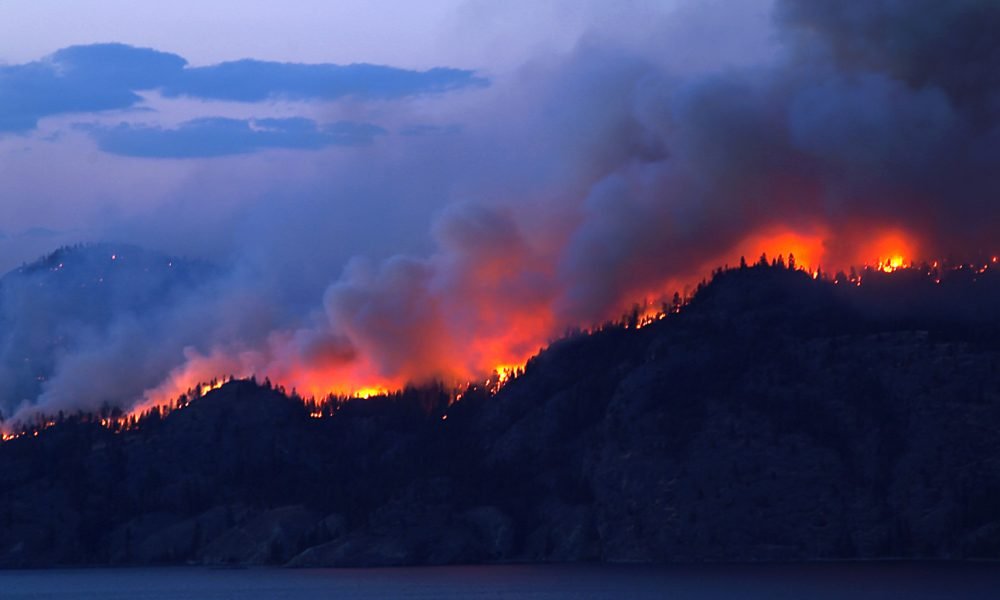Insurance Coverage for Losses and Claims Associated with the Coronavirus
I. INTRODUCTION A. The Impact of the Coronavirus and the Resulting Sickness or Disease Since the “coronavirus” was first identified in Wuhan, Hubei Province, China, the World Health Organization (“WHO”) has confirmed that more than 110,000 people have been infected with the SARS-CoV-2 virus and more than 3,000 people have died from the resulting COVID-19.(1) ...
Read more










